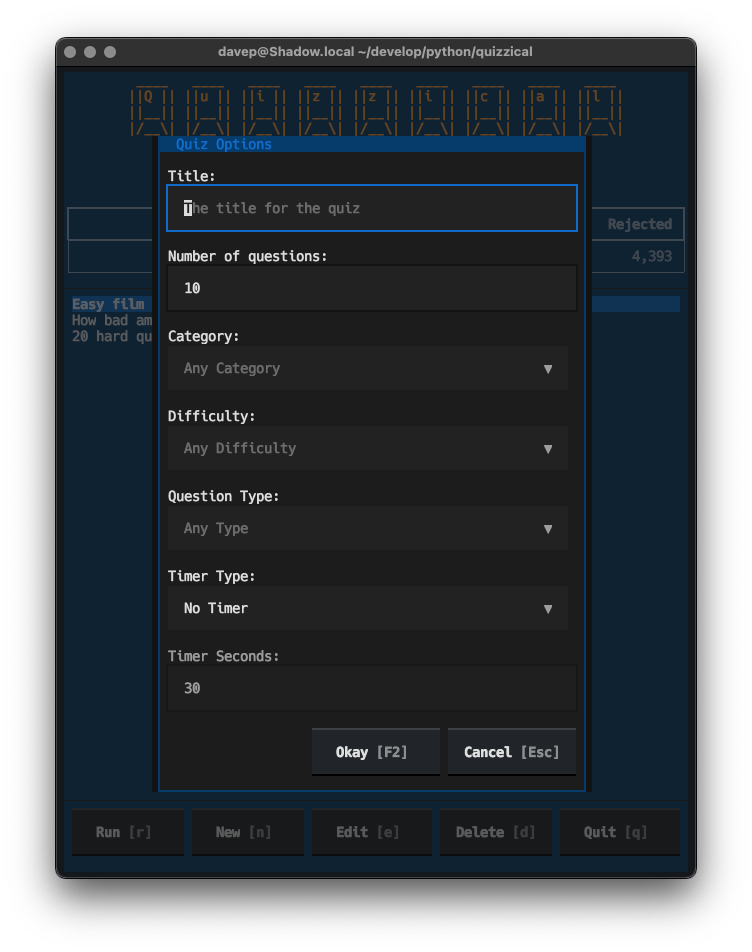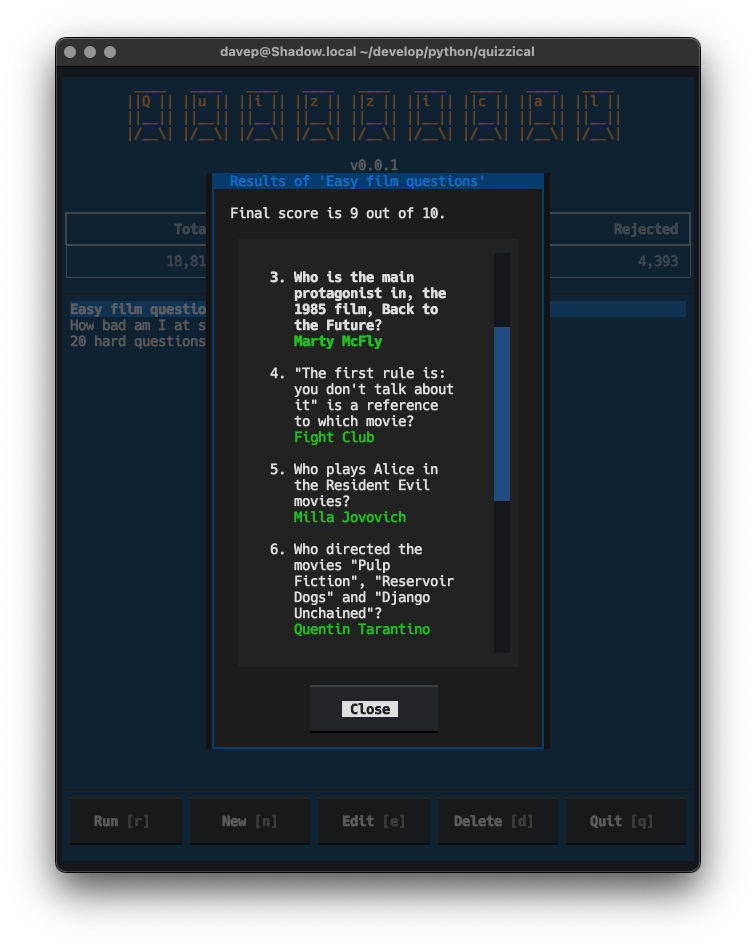Paindrop v1.0.0
Posted on 2024-08-18 10:57 +0100 in Coding • Tagged with Python, pinboard, raindrop • 4 min read
I was quite late discovering Pinboard; by the looks of things I created my account and paid my first subscription for it in early 2019. Since then I've been a pretty avid user and found it really useful. I've even written a couple of clients for it (one for Emacs and one for the terminal).
During that time it's had its fair share of hiccups and outages, but on the whole I've found it a stable and useful service.
The service does have its detractors, and concerns over its long-term stability and how well it's maintained are fairly common. I half paid attention to these, and had started to think about where I might go if there was an issue.
While maintaining and syncing bookmarks isn't exactly a difficult or unsolved problem, and while it's also true that it could be fun to roll my own solution, there are a couple of things I need that would make building my own approach a bit of a chore.
Things important to me are:
- An extension for any random browser I might find myself using
- A good mobile client for at least iOS and iPadOS
- A good API so I can write my own tools if I need to
- A clean and focused backend website
I kept these things in mind and kept an eye out but I'd never really felt the need to actively start looking around.
Then I stumbled on this after posting about another Pinboard outage.
That... yeah, that was the final push I needed to start to think seriously about where to move and how.
A couple of people suggested Raindrop, and from what I could tell it was coming up as a pretty popular service that some Pinboard users were migrating to. I had a look and it wasn't quite what I was after; but close.
You see, there's two things I really like about Pinboard that Raindop didn't seem to cover:
- Simple support for "this shit is unread". I see things, I share to whatever Pinboard app I have on my phone or tablet, etc, and then I review some time later (normally in Tinboard).
- Support for Private and Public pins. I've liked having a feed of bookmarks I can let people see and Raindrop doesn't have this.
I looked around at some blogs that talked about Pinboard vs Raindrop and didn't see any that really dived into this particular aspect of migrating; I also asked a couple of folk who'd made the move about this and they didn't really have any insight (mainly because they didn't care about those particular uses).
One thing I did notice though was that Raindrop does support making individual collections public. So, if I was willing to sacrifice any other uses for collections (a bookmark in Raindrop can only be in one collection), I could simply have a Public and a Private collection and import pins into the appropriate one. Also, unread pins could be left out of the collections and I could use that to signify unread status.
This seemed fine as I'm heavy on the tags anyway.
Now... Raindrop has a pretty comprehensive import facility built in. I gave it a try with Pinboard's backup file and it worked really well. That is... really well except it just threw away the public/private/unread aspect of the pins. There was only one thing for it then: I had to write my own importer!
Which brings me to Paindrop. It's a
quick hack but it does the job, and it does the import just how I wanted.
The result of the first test was pretty much spot on (in this image I'm
comparing what Raindrop says vs what Tinboard says I have in Pinboard):

Usage is pretty straightforward. You create Public and Private
collections in Raindrop, you create an app in Raindrop and get the access
token, you grab your Pinboard access token and then:
$ paindrop example:xxxxxxxxxxxxxxxxxxxx xxxxxxx-xxxx-xxxx-xxxx-xxxxxxxxxxxx
where the first parameter is the Pinboard access token and the second the Raindrop access token.
If all goes well, after a few moments, the importer should finish and you
should find that all of your pins have migrated to Raindrop, all public pins
are in the Public collection and all private pins are in the Private
collection. Any pins that were marked as unread will be Unsorted.
Note that if you used different names for your public and private
collections you can pass those names to paindrop with the --public and
--private switches.
If you're looking to move your bookmarking history out of Pinboard and want to keep the same sort of structure I had I hope Paindrop will be useful to you too.
Paindrop can be installed with pip or (ideally) pipx from
PyPi. It can also be installed with
Homebrew by tapping davep/homebrew and then installing paindrop:
$ brew tap davep/homebrew
$ brew install paindrop
The source is available on GitHub.
PS: As for the name... originally it was pin2rain but then Darren Burns
pointed out the obvious and it had to
happen.











